Biofeedback is a widely underutilized tool that can transform the way you practice. Physical therapist across the country have been implementing this simple tool with tremendous results in their patient outcomes. In this blog post, we look to some of mTriggers original users for expert advice on maximizing the benefits of mTrigger biofeedback. 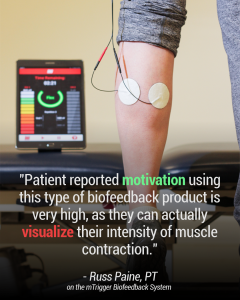
Occupational Therapist, Jim Wagner agrees, “We’ve been passive for too long, and I don’t want to treat like that. I want the patient engaged in the process. mTrigger biofeedback helps to engage them in a different way that we haven’t had in the past.”
Biofeedback is unique in that it offers patients and therapists a glimpse into muscle function, something that is otherwise unseen. This is so important as decreased muscle activation is often disguised through movement compensations. These compensations can be avoided when muscle activation and the brains connection to that muscle is re-established early on.
Physical therapist Scott Prunier says it well, “mTrigger has allowed my clients to dial in the activation of specific muscles prior to starting their workout routines. This has helped them become more laser forced on the brain/muscle connection.”
Patients using the mTrigger device agree.
“This is the first time I’ve really felt my quads working during this exercise and the first time I’ve been aware of how to fire them.” – Ray B.
“The mTrigger gives you more of a workout than just electrical stimulation. It actually shows you how you’re doing and lets you know if you are doing it right. Whereas electrical stimulation just does it for you. I felt it was more beneficial for me to use the mTrigger since it was letting me know if my quad was firing or not. It was easier for me to have a visual cue than just believing that I was contracting my quad.” – Kyle
 Goal Setting and Tracking Data
Goal Setting and Tracking Data
When it comes to goal setting with the mTrigger device, make sure the goal is slightly above a patients’ maximal voluntary contraction (MVC). The idea is to increase muscle activation levels and therefore our goal needs to reflect this. Setting the goal slightly higher than the patients MVC will give them an obtainable goal they can visually see.
Tracking data can be beneficial for looking at concepts such as fatigue, average muscle MVC, and tracking progress. By saving an exercise session, you can go into track and determine if the target muscle fatigued or was able to sustain the desired MVC throughout the training session. Furthermore, the average MVC can be documented and used to track improvements from week to week and month to month. For example, a quad set achieves an average MVC of 100 millivolts at 1 week post op, but at 2 weeks post op the average MVC is 350 millivolts. While this difference may be difficult to see visually, it is an objective improvement that can be documented with biofeedback.
Progressing through Rehabilitation
While the benefits of mTrigger biofeedback during early rehabilitation are obvious, biofeedback is really a tool that needs to be utilized throughout a patient’s rehab progression. As exercises become more difficult, it is imperative that muscle activation doesn’t diminish. mTrigger biofeedback is an excellent way to do this. Patients need the visual feedback that their quad is active during a simple quad set exercise all the way to weighted lunges and high step ups. As exercises get more advanced, the application for mTrigger biofeedback expand exponentially. Russ Paine speaks to the utilization of biofeedback for deceleration training in this Webinar.
Additionally, more extensive blog post on this topic that can be found here and here.
Common Mistakes and Troubleshooting
There are a few common mistakes to avoid when using mTrigger biofeedback.
I am seeing unexpected signal fluctuations – why?
-
First, please ensure that your unit is not resting on another electronic device or conductive surface. Due to the circuitry inside the mTrigger, some electrical noise can make its way into the system and impact the displayed signal. While this will not damage the system, it would impact the signal displayed in the app interface. Remove the device from contact with other electronic devices during use to get the best signal. If the signal seems hyper-responsive or unresponsive, close the mTrigger app and reconnect your device.
Second, make sure you are using new sensing electrodes with good skin contact. Electrodes that are old, falling off, or do not maintain good skin contact will create signal fluctuations.
Finally, sEMG is inherently somewhat noisy, and some signal fluctuation is expected. However, if you are seeing signals displayed that consistently do not seem responsive / appropriate to activity, please contact us and have your invoice and serial numbers on hand. We will do what we can to assess the issue remotely and determine appropriate next steps.
My unit is rattling – what do I do?
-
Don’t panic – if you haven’t seen any changes in performance, it is most likely that a non-electrical component has come loose inside the enclosure. This can sometimes happen if the unit is dropped repeatedly, but mTrigger units are designed such that this type of mechanical damage will not impact system performance. Please contact us to determine whether the damage incurred falls under your warranty.
Summary
mTrigger biofeedback is an affordable device that every rehab professional should be using. The experts agree, from start to finish, mTrigger biofeedback has something to offer every patient.
Top 10 mTrigger Biofeedback Applications
|
Dual Channel Application with mTrigger
|

 Goal Setting and Tracking Data
Goal Setting and Tracking Data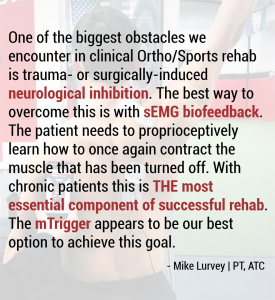
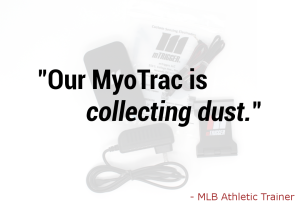
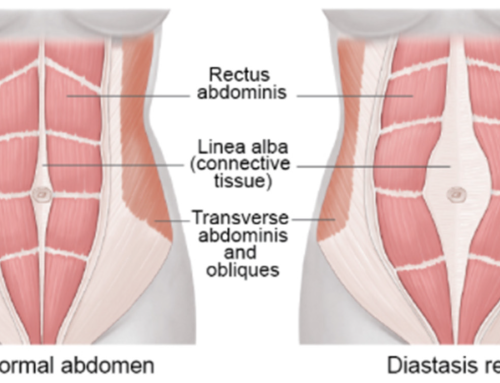



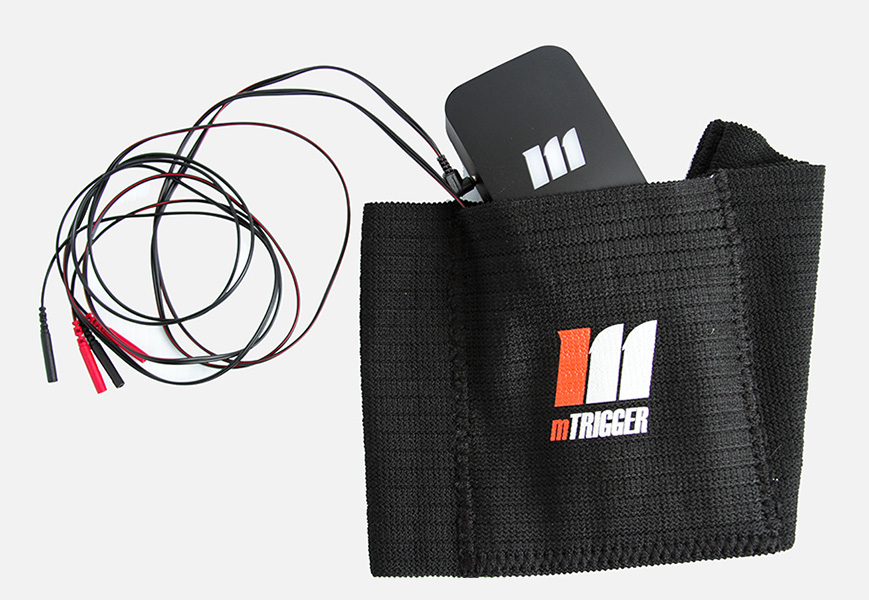

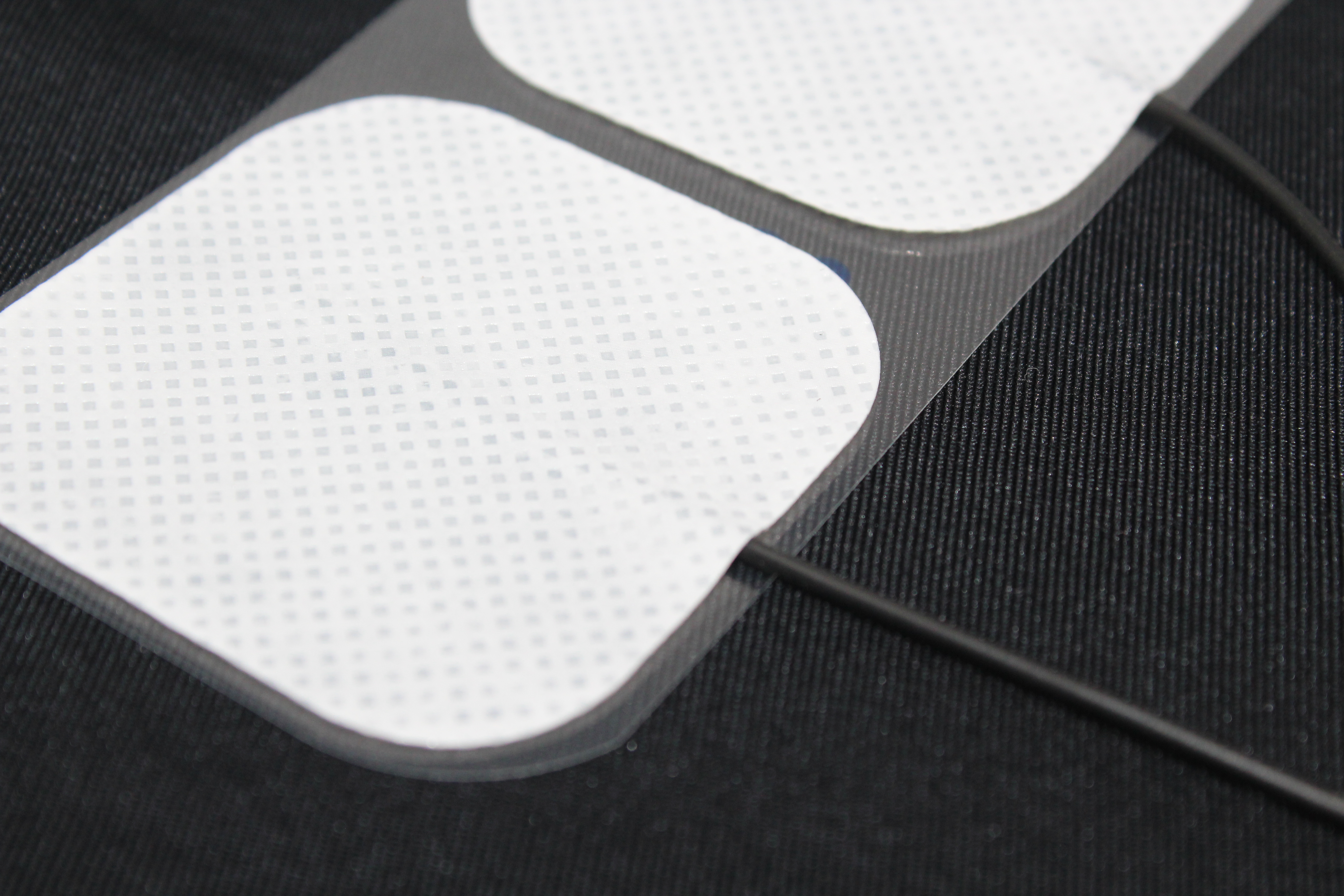
Leave A Comment